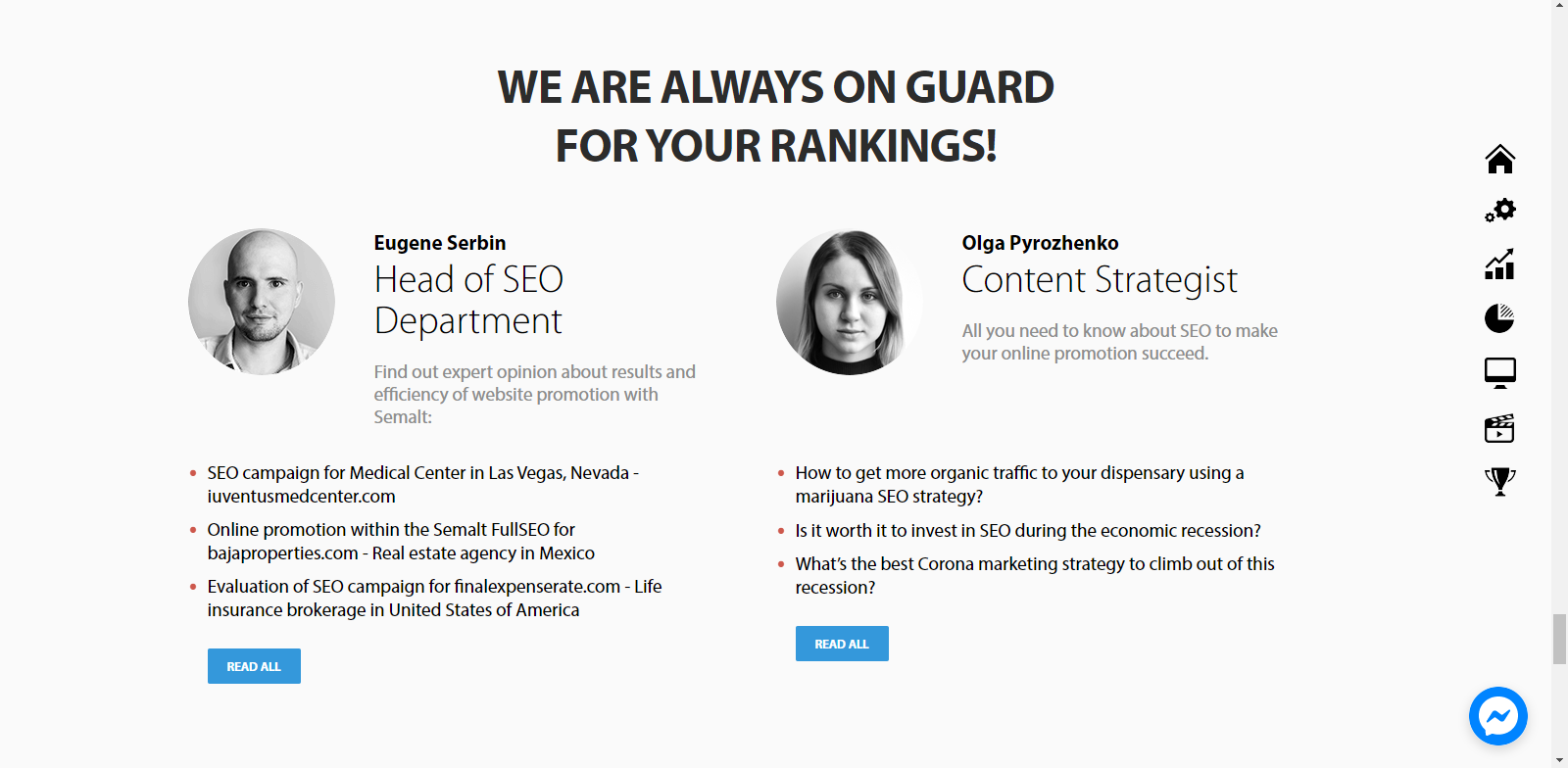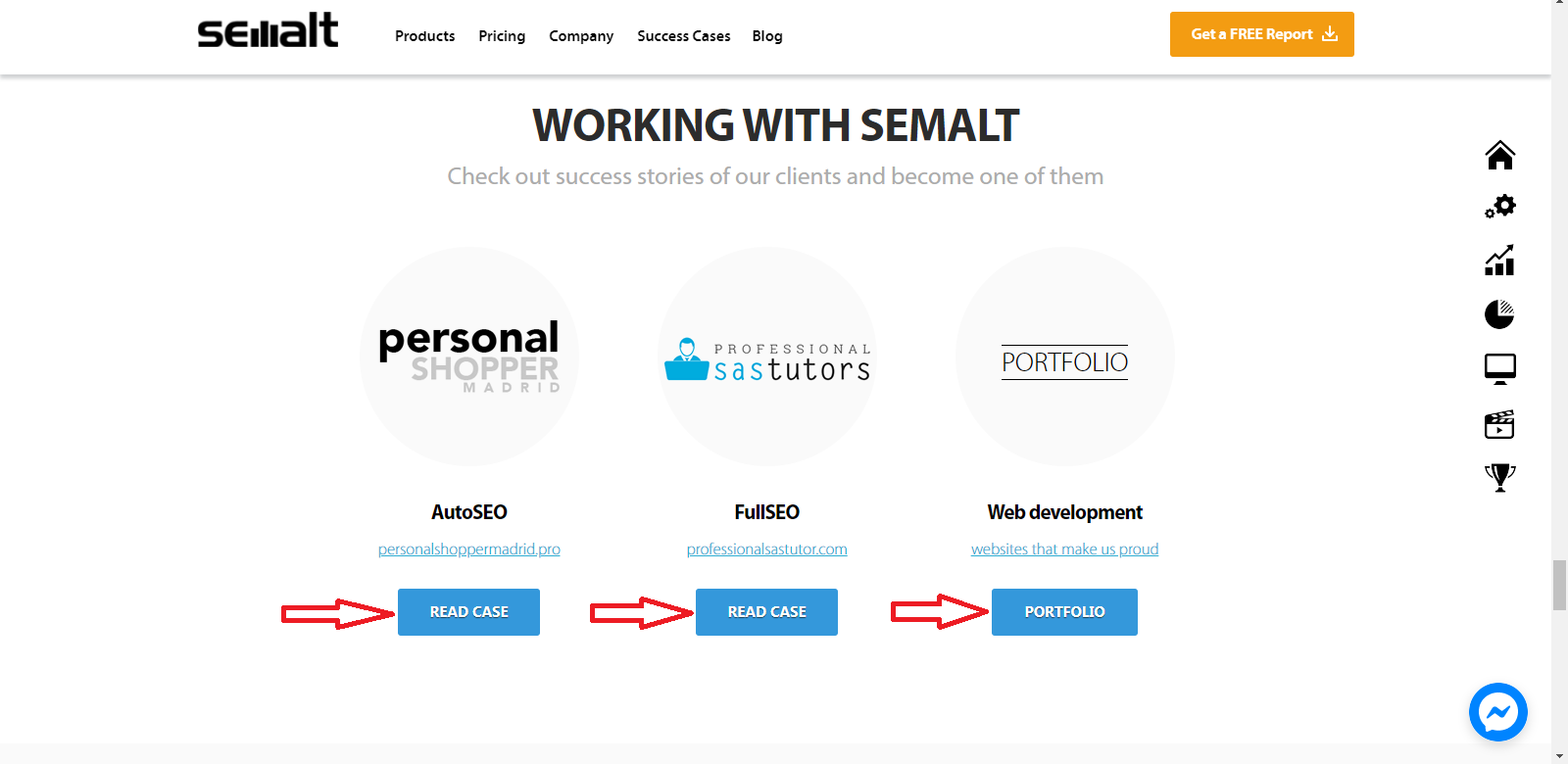Semalt Presents Essential Terms And Definitions You Should Know

TABLE OF CONTENTS
- Introduction
- Semalt Essential Terms
- Conclusion
The need for SEO cannot be overemphasized these days, but for most people, the concept remains a strange one. As a beginner, it's okay not yet to know what some terms mean. We all started from somewhere. But what's not cool is if we remain in one spot.
So, we decided to give you a list of terms and definitions you will definitely come across as you start your SEO journey (or perhaps you just want to be sure that you're not misusing some terms)! We've made the terms quite easy for you to understand, so without further ado, let's dive in.
- Absolute URL: It can also be referred to as an absolute link or an absolute path. It is a link that you can use to carry out internal linking. It displays the full (or absolute) path that leads to a document, file, page, or any element you desire to create a link to in your site. An absolute URL contains a protocol, URL, a sub-directory coupled with the name of the document or other element you're trying to create a link to. Here's an example:
- Alt tag: You can also call it "Alt attribute". This is used in indicating an alternative text for a photo, infographic or any image on your website. It describes what is contained in the image so that Google or visually impaired individuals can know what is displayed on the screen.
You can make the best of your SEO by including keywords in your alt tags so that your images will appear in Google image search.
- Anchor text: This is a clickable text in your content that has been hyperlinked. Make sure you use natural language, avoid excessively spammy and exactly matching keywords when trying to link to other websites.
- Authority website: This refers to a website that is trusted by web users, the industry it relates to and the experts of that industry. Whatever content they publish are usually credible and they link to other authority sites like them.
- Backlink: When you hear things like inbound links, citation, external links or incoming links - it all refers to backlinks. When a website links its content to any content in your site, a backlink is formed. That incoming link tells people or the search engines that you are a credible source of a piece of information described in their own website's content. If you have a whole lot of these, you will soon become an authority in your niche.
However, the quality of the websites these links come from can boost or damage your SEO - so don't try to outsmart the search engines. Citation must come from quality websites if you want it to help your rankings.
- Black hat SEO: So, we mentioned that you shouldn't try to outsmart the search engines earlier. That's exactly what black hat SEO is - making use of tactics that try to manipulate the guidelines of search engine. They usually come with a penalty once anyone is caught involved in the act.
For example, just creating backlinks any and everywhere simply because you want to look like an authority website. Another example is the one some rivals do to each other, where they intentionally create backlinks to the other company's site from very low-quality sites in order to hurt their SEO. Thankfully, you don't have to worry about your site facing such attacks - Semalt's experts are always on the lookout for you against such harmful tactics.

- Bounce rate: When you click a website from a search engine result listing and you hit the back button to the search results page almost immediately, the term for what you just did is "bounce".
So, if a site is poorly designed for instance and many people click on it from the search results page and go back almost immediately, the bounce rate will be high and that's bad for SEO.
- Call to action (CTA): Most times it comes in the form of a button that persuades you to perform an action such as purchasing, registering or subscribing. Make sure your CTAs are clearly defined so your visitors can spend more time on your site and not bounce.

- Click-through rate (CTR): This is a stat that tells you the percentage of search engine users that click on your site or ad after it is shown on a search results page.
- Content: This is referring to every form of information found on your site such as text, images, audio, video, graphics, and animation. Content is one of the most important aspects of SEO.
- Content management system (CMS): This is a dynamic environment a lot of users can edit, manage and publish the content of their sites. Examples include WordPress, Joomla and others.
- Conversion: A conversion occurs when you get a user of your website to carry out your desired action or CTA such as a download, subscription or purchase.
- Google: The world's most popular search engine whose guidelines impact the way SEO is carried out.
- Google penalty: It is a negative impact on your position in Google's search results pages because a guideline wasn't followed.
- Google TOP: Refers to the top-ranking pages on Google.
- Keywords: These are words or phrases that search engine users type in search boxes to find relevant information. When your page contains those keywords that people search for, the search engine will bring up your page to the user.
- Long-tail Keyword: A keyword phrase that is usually three or more words long and it is most times straight to the point. It has been discovered that they have a greater chance of conversion than regular keywords.
- Metadata: These are info that describe the content on websites to web crawlers and users. Examples include meta title, meta description, robot.txt files, etc.
- Metrics: These are measurements that are used to determine how a website performs. Examples include bounce rate, traffic and more.
- Mobile-friendly: A term used to refer to a site appropriately designed to be used on mobile devices.
- Organic: You could be seeing terms such as organic traffic, organic search results and more. It means that they are naturally or freely gotten and not paid for.
- Over-optimization: Like the name implies, excessively trying to make your website rank higher such as unnaturally placing keywords in your content or suspiciously acquiring backlinks at an unreasonable speed. It is harmful to SEO.
- Page Speed: This refers to how long it takes for the content of your website's pages to be completely displayed in a mobile or desktop browser. It affects your ranking.
- Paid traffic: It refers to any traffic that enters your website as a result of them clicking on an ad that you purchased. Google ads, Facebook ads, Instagram ads are examples of paid traffic.
- Search engine optimization (SEO): This refers to marketing techniques that focus on enhancing your positioning on organic SERP and getting traffic organically.
- Search engine results page (SERP): This is a page that is displayed by search engines after a user inputs the query for the information they desire.
- Search engine marketing (SEM): This is a type of digital marketing technique that focuses on enhancing your positioning on SERPs and getting traffic either by SEO practices or paying the search engine.
- Social media marketing (SMM): A marketing technique that uses social media networks to enhance traffic, visibility and awareness by making use of content that is both shareable and engaging.
- Traffic: This is a term that describes all the people that visit your website. There are different types of traffic including organic, direct, paid and referral.
- Uniform resource locator (URL): This is your web address and it consists of three essential elements: a protocol, a domain name and path.
- User experience (UX): This is one ranking factor used by search engines to rank websites. It defines whether or not your website (or service/product) is easy and/or pleasurable to use.
- User-friendly: If your site, product or service is user-friendly, it means that they are easy to make use of and not hard to be learnt or comprehended.
- Use interface: This relates to all the displayed elements of your website that your visitors can engage.
- Webpages: These are HTML documents that can be linked to the internet and are readable by web browsers.
- Website: This is a compilation of webpages and other content that belong to the same domain name.
- White hat SEO: These are honest SEO techniques that are human-focused rather than search engine focused. They are always in accordance with search engine guidelines.
- Web crawling: This refers to the action of search engine spiders or crawlers analyzing all the content of websites for indexing and ranking purposes.
- Web crawlers: You might know them as spiders or bots. They are simply algorithms that search engines use in analyzing the code or content of websites so that they can use the information gathered to index and rank them.